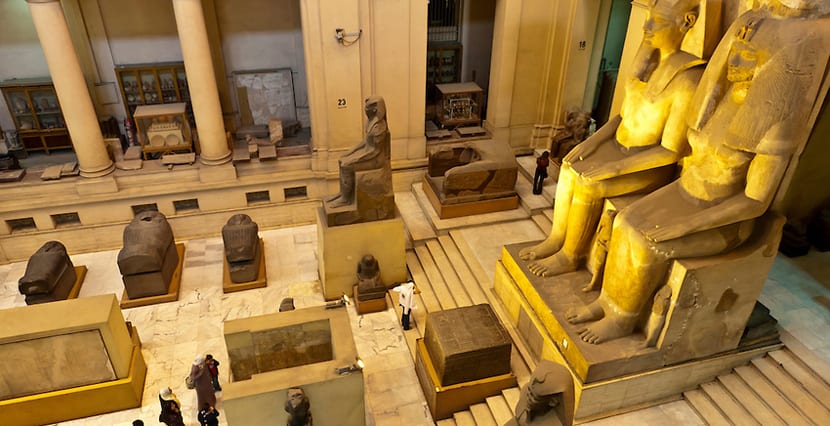
One of the most fabulous archeology museums in the world is the Museum of Egyptian Antiquities, better known as the Cairo Museum. A visit to this African country cannot be complete, in any way, without a tour of the endless halls of this ancient building in the Egyptian capital.
Although it is true that Europeans, French, English, Germans, Belgians and others have taken many relics and treasures (and many have not returned them), luckily the museum's collection continues to shine with its more than 120 thousand objects on display not counting the other thousands that treasure its rich warehouses. The country's political situation has not yet been resolved and that is why tourism is not something highly recommended yet, but whether you dare or plan ahead, consider these tips for visiting and enjoying the Cairo Museum.
The Museum of Egyptian Antiquities
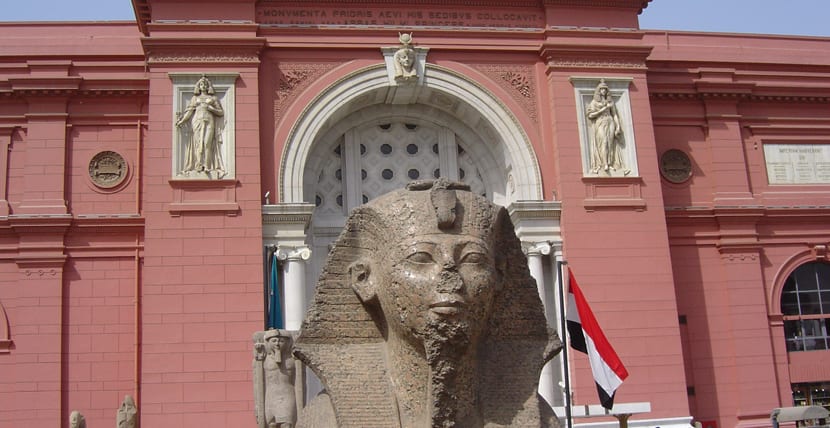
It is a state museum which was built in 1835 but whose first collections were delivered in 1855 to Archduke Maximilian I of Austria and today they are not in Egypt but in the Museum of Culture in Vienna. Thus, towards the end of the 50s of that century a new museum was created but due to the constant flooding of the Nile, it was near the coast, it had to be transferred to Giza where it remained until the beginning of the XNUMXth century to be moved to its current location. in Tahrir Square.
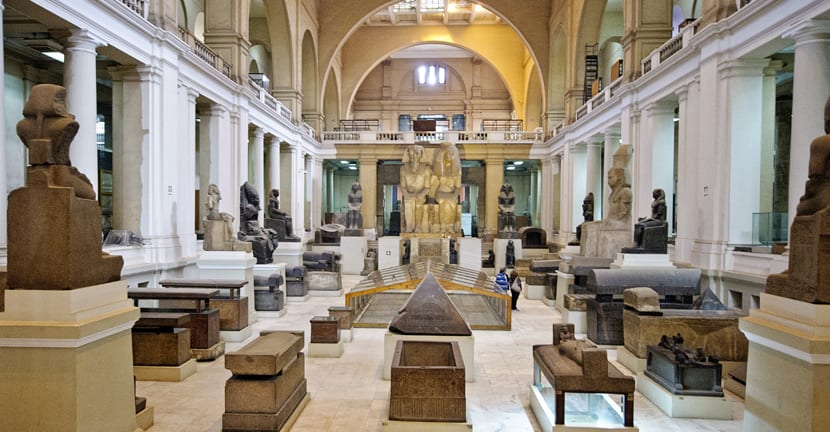
The Cairo Museum, as it is commonly known, it was designed in neoclassical style by Marcel Dourgnon and It has two main floors with a total of 107 rooms with treasures ranging from prehistoric times to the Roman period, although of course everything is concentrated in the era of the pharaohs. Until the mid-90s, the museum staff closed the doors at night and made security rounds, but due to a nightly robbery the authorities decided to place alarms and detectors. At the same time the lighting system was renewed and special lights were placed over some exhibits.
During the 2011 uprising the museum suffered some attacks, objects were stolen and two mummies were damaged. To avoid further losses, a group of activists managed to form a human chain around the building.
What to see in the Cairo Museum
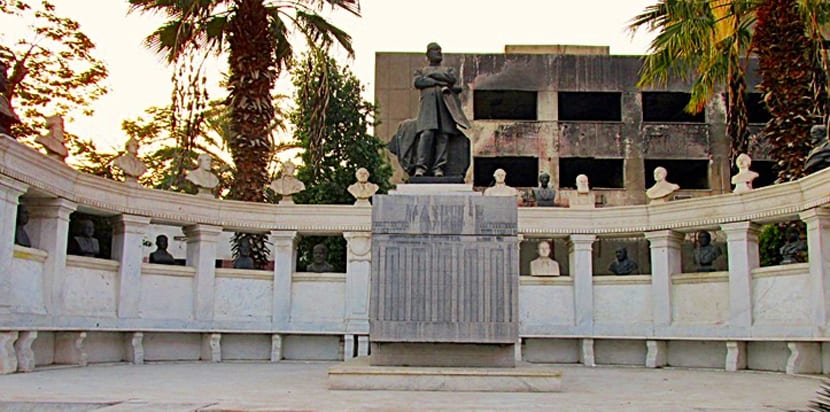
The museum, as we said above, it has two main floors and a garden that I recommend visiting before entering. In this garden you will find the tomb of Augusto Mariette, a French archaeologist who died in 1881, founder of the Egyptian Department of Antiquities and a brilliant explorer who brought to light many treasures of old Egypt. Those floods of the Nile of which we speak also destroyed his writings and notes and the last days of his life were dedicated to ensuring that France did not lose privileges to England in the archaeological field of Egypt.
Precisely, Mariette was buried in a sarcophagus in the museum gardens, under a tree and with a arch of busts reminiscent of the best Egyptologists: Champollion, Maspero and Lepsius, among others. The garden has no other attractions, but I find it interesting to take a tour of the grave and learn the story of who helped so much to shape the museum. Once this is done, the ground floor of the museum awaits us.
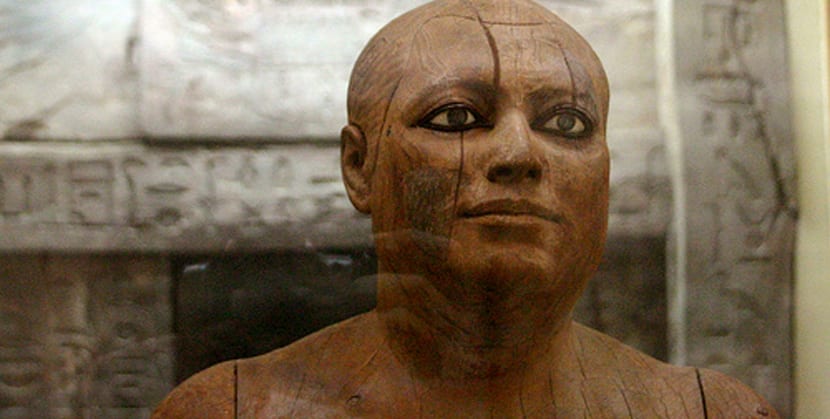
The exhibits on the ground floor are arranged chronologically clockwise and then start in the hall. Room 43, the central atrium, has a motley collection of Egyptian objects: a carving representing the Pharaoh Narmer with the crowns of Upper and Lower Egypt dating from 3100 BC and that for specialists represents the first union of the two kingdoms, a carving of the Pharaoh Menkaure (Room 47, center), the Khafre statue (both alleged builders of two of the three pyramids of Giza), the famous Ka-Aper statue, black wood with copper eyes, rock crystal and opaque quartz (top photo, Room 42, Piece 40), and the famous statue of the seated scribe, in limestone (Room 42, Piece 44).
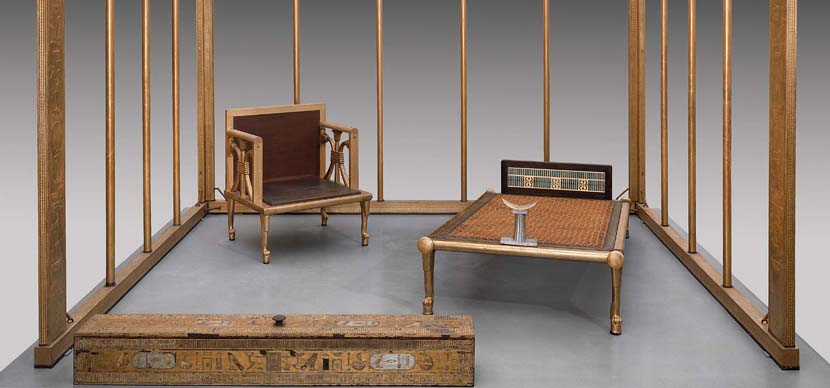
It is also the ground floor but in Room 32 is the statue of a beautiful couple of nobles of the IV Dynasty and the statue of Seneb, a dwarf sovereign, and his family (Piece 39). In Room 37, which you enter via Room 32, you will see furniture that comes from the tomb of Queen Heteferes, mother of Cheops like her jewelry box, the bed or the chair in which she was carried. In a room to the right you will see the famous nefertiti head, the beautiful wife of Akhenaten or Amenophis IV, that pharaoh who made a religious revolution by establishing Aten as the only god.
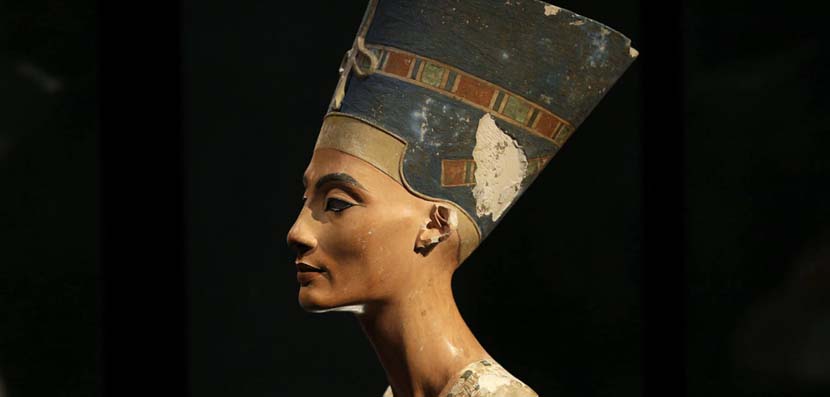
The exhibits on the first floor are arranged in thematic groups. and you don't have to follow a precise order to admire them. Here are the Tutankhamun Galleries, in Room 45, with an image of how the tomb and the pieces within it were found. Let us remember that the tomb of the pharaoh, young but married and with children, was found by Howard Carter in 1922. Inside there were 3000 objects including the famous Death mask, throne, jewels and royal coffin. All untouched for centuries. A beauty.
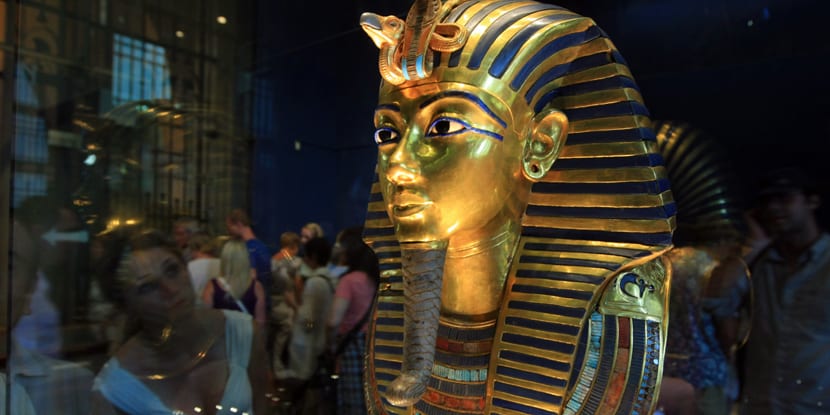
There is also the Room of the Royal Mummies with queens and pharaohs from the 945th to the 1660st dynasties (between XNUMX and XNUMX BC). Must pay extra to enter and it's expensive but you won't get here without seeing it, right? They are 27 mummies in total, some very well preserved, with teeth, hair and nails. Fabulous.
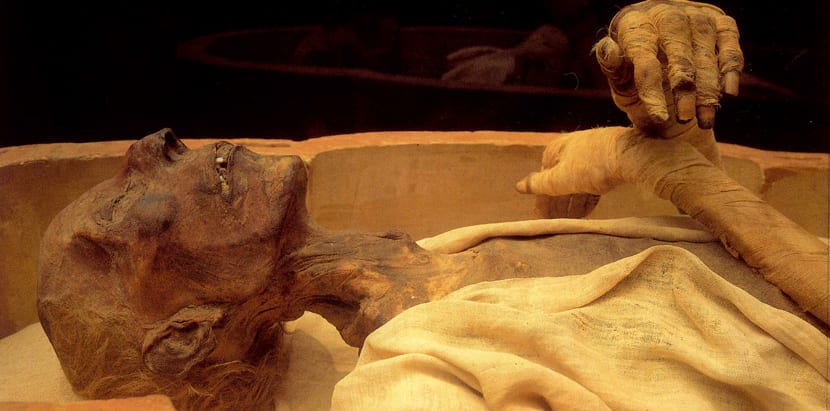
Practical information for visiting the Cairo Museum
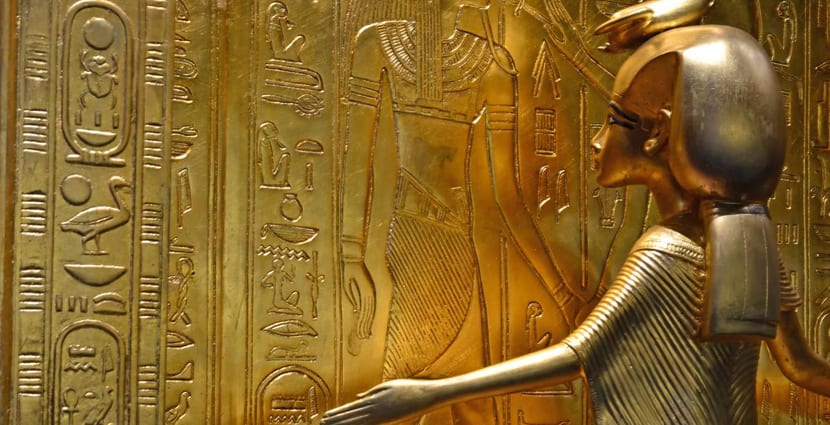
- Location: Midan al-Tahrir, Downtown Cairo.
- How to get there: by metro, get off at Sadat station and follow the signs for the museum. By bus ask for abdel minem-ryad.
- Hours: the museum is open every day between 9 am and 7 pm and during Ramadam it is open until 5 pm.
- Price: General admission costs LE 4 for Egyptian citizens and LE 60 for foreigners. The entrance to the Hall of the Mummies costs LE 100. There are discounts for Egyptian and foreign students with the famous ISIC card.
- In the museum there is a cafeteria, a post office, a gift shop, a library and a children's museum. Audio guides in French, Arabic and English can be rented for LE 20, at the kiosk in the Foyer. There is an elevator for those who cannot use the stairs.
- Photographs are not allowed and cameras must be shown at the entrance.